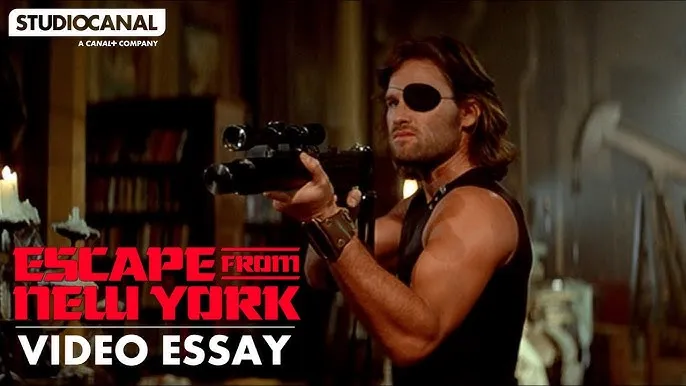Black Moon is a 1975 experimental fantasy film directed by Louis Malle. It follows Lily, a young woman who appears to wake up into a bizarre and hostile world during a strange civil war. As war rages around her, she escapes into a mysterious house surrounded by a sprawling moody landscape, seeking shelter among a strange family and an assortment of surreal characters.
The film unfolds like a waking dream—logic is elusive, and reality shifts with each scene. Lily witnesses odd events: soldiers dressed in white riding skeletal horses, a crow from whose beak a baby is delivered, a family of elderly siblings hiding grotesque secrets, and tables lined with rows of severed baby dolls. The sun seldom appears; instead, dark shadows dominate the environment, creating a perpetual sense of twilight and uncertainty.
Malle described Black Moon as a personal journey to “the limits of the medium”—a film made in his own ancient French manor, where architecture and landscape inspired the dreamlike tone. Cinematographer Sven Nykvist creates haunting images that feel both painterly and oppressive, using dense interiors and forested exteriors devoid of daylight. The absence of direct sunlight heightens the ambiguous atmosphere and gives the entire film a liminal quality.
The narrative resists conventional plot structure: Lily drifts through rooms and gardens inhabited by silent siblings, soldiers, animals, and ghostly figures. She encounters a man with the face of a crow, a voiceless family feasting on reflective surfaces, and a child manifesting from a hollow log. She is guided and terrorized in equal measure, forced into strange rituals and obscure companionships. Characters seem drawn from folklore, memory, and subconscious fear rather than reality.
Critical reactions have varied widely. Some viewers find the film maddeningly incoherent, while others praise it as a haunting fairy tale about identity, femininity, and alienation. One critic described it as "baffling and beautiful," praising its ability to evoke dread without conventional plot. Others note the influence of Lewis Carroll’s Alice in Wonderland in its labyrinthine logic and dreamlike visuals, though Black Moon remains far darker and more unsettling.
Though it challenges accessibility, the film rewards patient viewers with its vivid visual poetry and emotional resonance. It earned awards for cinematography and sound, reflecting the depth of its sensory impact. Today, Black Moon stands as a daring, unconventional piece: neither horror nor pastoral, it inhabits the territory between dream and nightmare, and leaves its audience both mesmerized and disturbed.
-1754730351-q80.webp)

-1751469046-q80.webp)
-1752293795-q80.webp)